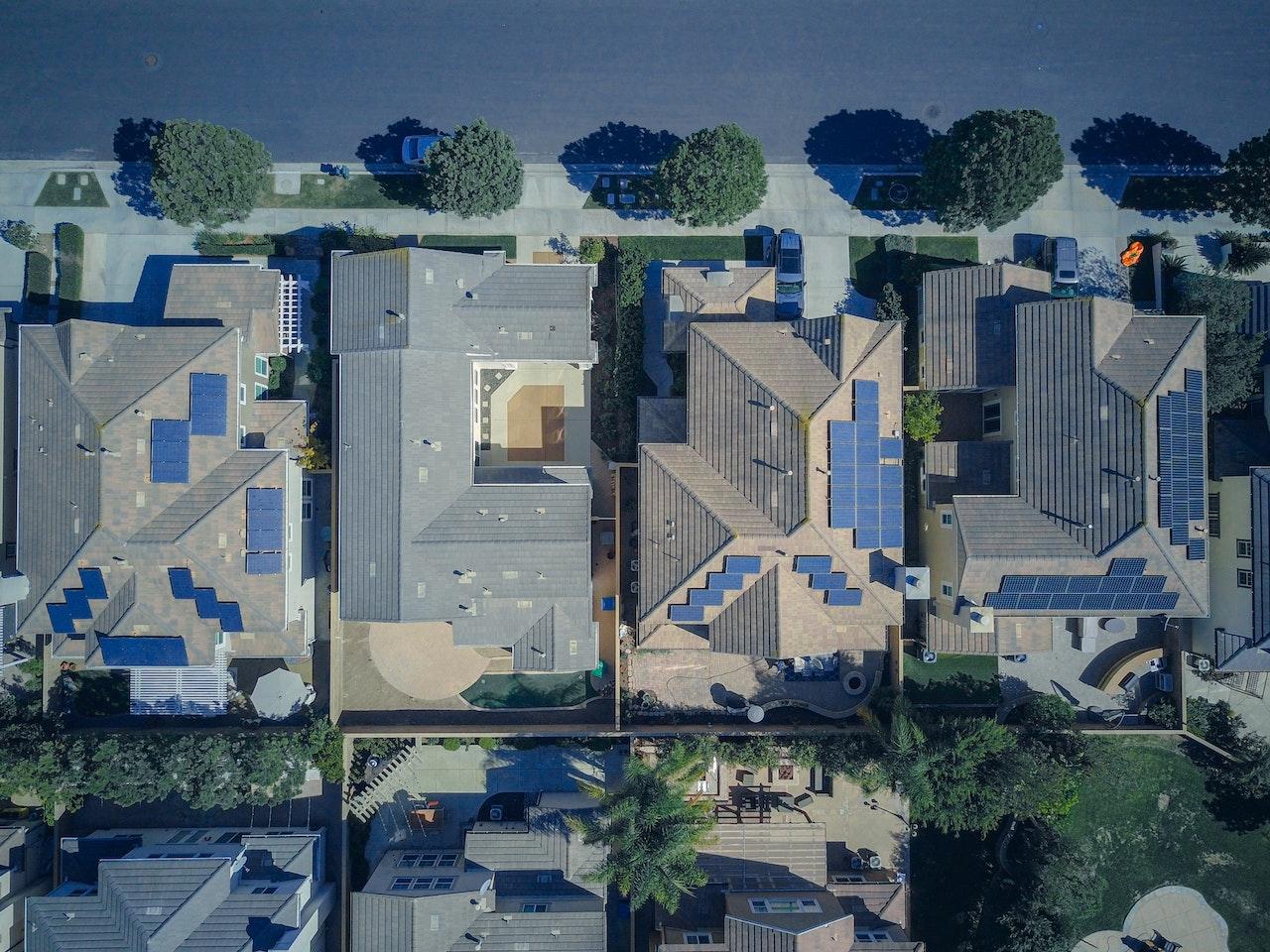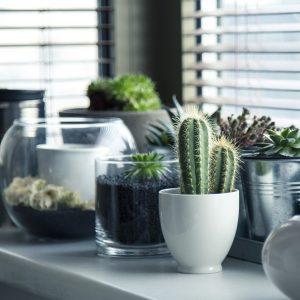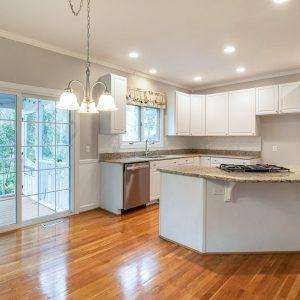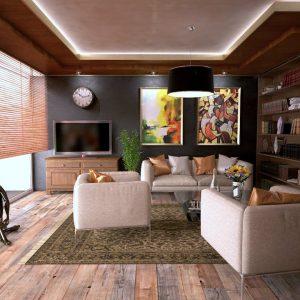Once installed on your roof, solar photovoltaic (PV) panels silently convert clean sunshine into free electricity for your home or business. This basic process works the same across all solar PV installations.
However, the actual utility bill savings and carbon offset that your PV system generates ultimately depend on how it is set up. To maximize these benefits, your solar panel layout must be designed from the ground up for your specific property, energy usage, and savings goals.
This article outlines some of the key considerations that go into successful solar installation design.
What is solar design and why does it matter?
Solar PV technology creates electricity through a process known as the “photoelectric effect.” When sunlight hits a silicon panel, it excites the surrounding electrons and creates an electric current. This is true whether you’re speaking about a single solar cell or a large array of PV panels.
The more direct sunlight that hits the surface, the more total solar energy you can generate.
However, maximizing this conversion process can be challenging, given that stationary rooftop PV systems must follow the sun’s trajectory throughout the day and throughout the changing seasons. So, it’s important that your panels be installed at an angle, pitch, and orientation that allows your system to capture the highest average number of sunlight hours throughout the year.
Even being 1% off could lead to massive forfeit savings over the 25+ years of your solar panels’ warrantied lifetimes. Plus, how you position these PV panels represents just one aspect of comprehensive solar design.
What does solar PV design entail?
We’ve already discussed the importance of orientation. If you’ve ever tried to adjust a TV satellite dish, you understand how exacting the precision must be to receive a clear signal. Solar PV panels fall into the same category. Precision is so important that two similarly sized homes next door to one another will likely need different PV systems to generate the same savings for their owners.
However, the solar design goes way beyond orientation. Below are additional considerations that factor into the decision-making.
1. Structural Integrity (and Size) of the Roof
Solar panels are heavy, with the average module weighing around 40 pounds. Because it’s not uncommon to have 10, 20, or even 30 panels — complete with racking and rails to hold the gear in place — your roof must be strong enough to support all this extra weight. It must also be large enough to accommodate these panels, even if there are vents, chimneys, and other obstacles in the way.
Sometimes major roof upgrades are required before the installation can start. Other times, you may be better off with a ground-mounted system if you have enough yard space.
2. Shading and Blocked Light
Nearby trees and buildings might fully or partially prevent sunlight from hitting your solar panels. This is especially true with the changing seasons, as trees gain and lose leaves throughout the year.
Fortunately, trees can sometimes be trimmed or removed. Buildings are less forgiving. Either way, annual shading analysis is a major component of solar design. In fact, your installer may determine that there simply isn’t enough sunlight reaching your property to warrant moving forward.
3. Sizing and Capacity Needs
As a rule, you want to install enough solar capacity to cover your current and future energy needs. However, different makes and models of panels yield slightly different power outputs. Moreover, the balance between the panels and the solar inverter must be aligned for optimal energy production. If there’s too much solar power coming in, the inverter will likely fail. If there’s not enough energy being generated, the inverter will mostly sit idle.
This potential imbalance is one reason over-the-counter solar kits are not recommended. It’s much better to buy the individual components à la carte so that each can be carefully tailored to work in conjunction with the other components in the system.
4. The Low-Hanging Fruit of Solar Design
Although not always offered as a service, some solar installers conduct energy audits before commencing work. Doing so allows them to find ways to make your home or business more energy efficient. This might involve improving insulation, swapping out incandescent bulbs, or installing ENERGY STAR appliances.
No matter which strategy you adopt, making your home or business more energy-efficient could help you qualify for a slightly smaller solar PV system. This, in turn, allows you to spend less money upfront while still receiving similar (if not better) monthly utility bill savings.
Are solar panels right for you?
The solar design considerations outlined above are merely scratching the surface. There are many factors to consider, including battery storage, electric vehicle charging, and whether to electrify furnaces, stoves, and other gas-powered components.
This is why solar is rarely a one-size-fits-all solution.
In order to maximize your electricity bill savings and minimize your carbon footprint, it’s imperative that you design your solar installation from the ground up. This explains why hiring professional PV contractors almost always delivers better results than going the do-it-yourself (DIY) solar installation route.




